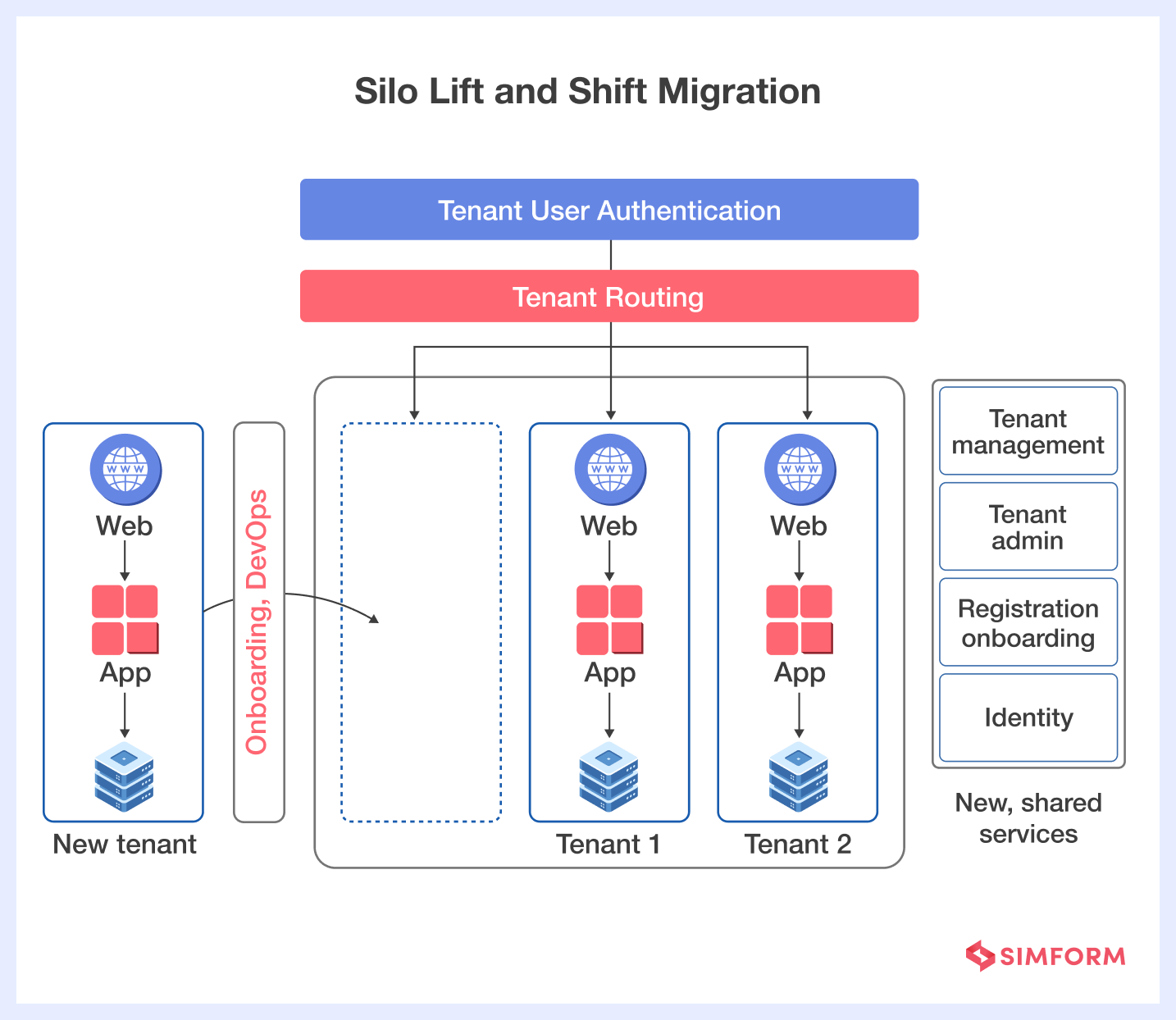What Is Us Surge Shift Prem

US importers are reeling from a sudden and significant spike in ocean freight shipping costs from Asia, driven by surging demand and capacity constraints. This unexpected surge shift premium, or "surge prem," is adding substantial financial pressure to businesses already struggling with inflation and supply chain vulnerabilities.
The surge prem is impacting businesses across various sectors, threatening consumer prices and overall economic stability. Stakeholders are scrambling to understand the driving forces and mitigate the financial fallout.
What is the "Surge Shift Premium"?
The "surge shift premium," or surge prem, refers to the increased cost of securing container space on ocean freight vessels due to unexpectedly high demand. This premium is above and beyond the standard freight rates, bunker surcharges, and other associated fees.
It reflects a situation where available shipping capacity is severely limited, creating a bidding war for container slots. Shippers willing to pay the extra premium secure their goods' transport ahead of those unwilling or unable to do so.
Who is Affected?
The primary entities impacted are US importers, ranging from small businesses to large corporations. These businesses rely on ocean freight to bring goods from Asia, particularly China, Vietnam, and other manufacturing hubs.
Consumers ultimately bear the burden through potentially higher prices for imported goods. Logistics companies and freight forwarders also face challenges in managing expectations and securing capacity for their clients.
When and Where is This Happening?
The surge began in late April and has intensified throughout May and June 2024. It primarily affects shipments originating in Asian ports bound for the US West Coast and East Coast ports.
Data indicates that Los Angeles, Long Beach, New York, and Savannah are experiencing the most significant impact. Vessels departing from Shanghai, Ningbo, and Shenzhen are particularly affected.
How Significant is the Increase?
Spot rates for shipping a 40-foot container (FEU) from Asia to the US West Coast have reportedly jumped by over 50% in recent weeks. Some importers are reporting paying premiums of several thousand dollars per container to guarantee shipment.
Drewry, a maritime research consultancy, notes a sharp upward trend in its World Container Index, reflecting the escalating costs. Industry sources attribute increases to unexpected consumer demands from the US.
Driving Forces Behind the Surge
Several factors contribute to this surge shift premium. A primary driver is a sudden rebound in US consumer demand, particularly for goods imported from Asia.
Geopolitical tensions and concerns about potential tariffs are also fueling a rush to import goods before any new trade barriers are implemented. Port congestion at both origin and destination ports further exacerbates the capacity crunch.
Red Sea conflict are impacting global shipping routes.
“The Red Sea crisis is pushing up costs. This means longer transit times, higher fuel consumption, and increased insurance premiums for ships.”- The Journal of Commerce.
Impact on Businesses
The surge prem directly impacts businesses' bottom lines, reducing profit margins and increasing operational costs. Smaller businesses with less negotiating power are particularly vulnerable.
Some companies may be forced to delay or cancel orders, leading to potential stockouts and lost sales. Others may pass the increased costs onto consumers, contributing to inflationary pressures.
Companies are exploring alternative shipping routes and modes of transportation, but these options often come with their own set of challenges and costs.
Mitigation Strategies
Businesses are actively exploring strategies to mitigate the impact of the surge. These include negotiating long-term contracts with carriers, diversifying sourcing options, and optimizing supply chain operations.
Some importers are considering using air freight for time-sensitive goods, although this option is significantly more expensive. Others are exploring alternative ports to avoid congestion.
Collaboration among importers, freight forwarders, and carriers is crucial to finding creative solutions and improving visibility in the supply chain.
What's Next?
The duration and intensity of the surge prem remain uncertain. Industry analysts are closely monitoring consumer demand, port congestion, and geopolitical developments to forecast future trends.
Monitoring market trends and adapt the company's strategy is crucial in the volatile environment. The Federal Maritime Commission (FMC) is likely to scrutinize carrier practices to ensure fair competition and prevent anti-competitive behavior.
Importers should stay informed about market developments and explore all available options to manage their shipping costs effectively. Continuous monitoring and adaptive strategies are essential in navigating this volatile environment.

















![What Is Us Surge Shift Prem A Surging Shift - [Surge and Kit TF/TG/AR] by jm0364 on DeviantArt](https://images-wixmp-ed30a86b8c4ca887773594c2.wixmp.com/f/db4fd107-dad0-4539-a484-9b3d53867365/dfruhw3-2ccf377c-1922-4f87-a079-364ed3cdf6df.png/v1/fill/w_1600,h_659,q_80,strp/a_surging_shift____surge_and_kit_tf_tg_ar__by_jm0364_dfruhw3-fullview.jpg?token=eyJ0eXAiOiJKV1QiLCJhbGciOiJIUzI1NiJ9.eyJzdWIiOiJ1cm46YXBwOjdlMGQxODg5ODIyNjQzNzNhNWYwZDQxNWVhMGQyNmUwIiwiaXNzIjoidXJuOmFwcDo3ZTBkMTg4OTgyMjY0MzczYTVmMGQ0MTVlYTBkMjZlMCIsIm9iaiI6W1t7ImhlaWdodCI6Ijw9NjU5IiwicGF0aCI6IlwvZlwvZGI0ZmQxMDctZGFkMC00NTM5LWE0ODQtOWIzZDUzODY3MzY1XC9kZnJ1aHczLTJjY2YzNzdjLTE5MjItNGY4Ny1hMDc5LTM2NGVkM2NkZjZkZi5wbmciLCJ3aWR0aCI6Ijw9MTYwMCJ9XV0sImF1ZCI6WyJ1cm46c2VydmljZTppbWFnZS5vcGVyYXRpb25zIl19.KTNXQzIu04wZcS3yb0Vzx8SRYuMGHuCPv-4Ic0v2AQU)
